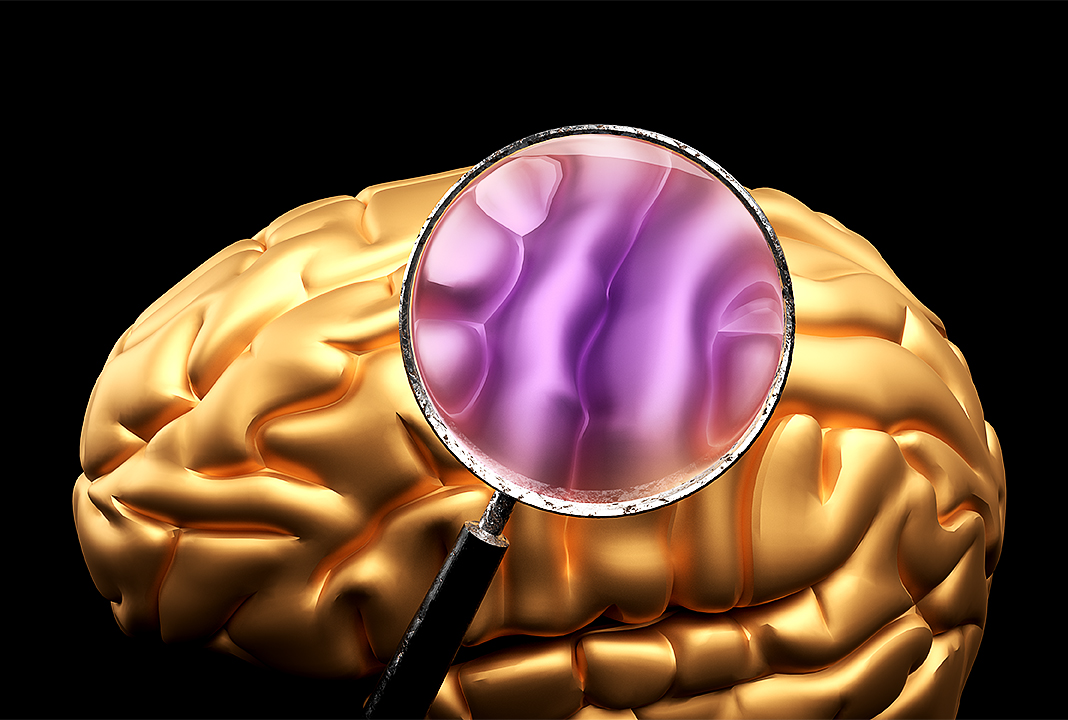Common Diagnostic Criteria for Anxiety

Everyone feels stress now and then, from watching the news, thinking about the pandemic or just general concerns about your family. But if that stress turns into excessive worrying that affects the control you have over your day-to-day life, you may have a condition called generalized anxiety disorder (GAD).
GAD affects about 6.8 million adults in the United States. There are also all kinds of physical and psychological health conditions that include anxiety as a symptom or byproduct.
Generalized anxiety disorder can be difficult to diagnose and even more difficult to treat, but we can perhaps better understand GAD and anxiety in general by taking a deeper dive into some of the factors that best characterize the condition's symptoms.
Excessive worry
There are a number of them you should look out for. Well-documented examples include:
- Overthinking issues that are way beyond your control, imagining worst-case scenarios and trying to think up solutions for problems that may never happen.
- Blowing up the impact of events way out of proportion.
- Feeling threatened inappropriately, always being on edge, unable to relax and constantly restless.
- An inability to deal with an uncertain situation, fearful of making the wrong decision.
- Sometimes physical symptoms of headache, lightheadedness and irregular or fast heartbeats arise from generalized anxiety.
Diagnosis requires evaluation by a medical professional, and the focus is often on the consistency and veracity of a person's anxiousness over time.
The focal points of worry for those living with GAD may shift gradually or rapidly, but if a person displays an inability to inform and motivate their own internal shift away from a sense of worry, this may be indicative of a positive diagnosis.
Diagnosis is typically withheld pending confirmation of one or more (depending on age) physically manifesting symptoms. These can often impact behavioral or passive aspects of your life.
Sleep problems or chronic exhaustion
In something of a chicken-or-the-egg scenario, generalized anxiety disorder is often associated with sleep problems and chronic exhaustion. Excessive worry can also lead to fatigue, which is only exacerbated by a lack of sleep.
Sleep deprivation or chronic tiredness can result in impaired concentration, that feeling when your mind goes blank. You may also feel tension and aching in muscles and joints. Inflammation and other minor issues that might normally be repaired by natural rest can sometimes appear as chronic pain that might be diagnosed as something other than GAD.
Other physical issues include sweating, nausea and diarrhea, trembling and an overall feeling of nervousness.
Restlessness or irritability
Persistently living with a sense of worry or a variety of shifting anxieties can degrade and dull your senses, as well as make it difficult to formulate a positive outlook. People living with GAD might be irritable in social exchanges, and that can have serious effects on social life as well as any interactions in the workplace.
Even without a formal diagnosis for generalized anxiety disorder, chronic anxiety can be symptomatic or indicative of other conditions that might have traceable and treatable components. Viewing anxiety as a symptom or condition you are experiencing rather than as an inherent character defect allows for the exploration of treatment options and improvements to quality of life for you and those around you.
It bears repeating that GAD is only one example of a condition that includes anxiety as a possible symptom or ongoing aspect of the condition. Any number of psychological states or medical conditions might inspire chronic or singular instances of intense anxiety and may require treatment in different ways.
Anxiety versus panic
One diagnostic trait unique to generalized anxiety disorder that might surprise people is the absence of panic attacks.
A person with a panic disorder experiences anxiety like an outburst of an alarm or a loud siren interrupting their lives. Sometimes the anxiety attacks are so severe that they feel as if they are having a heart attack or report being unable to breathe. However, for a person living with generalized anxiety disorder, anxiety is like a consistent and ever-present tone: It can grow louder or softer, but it never disappears.
It's time to see the doctor
If you believe your mental health may be suffering because of your growing anxieties, it's important to seek examination by a trusted physician or counselor. Sooner is much better than later as generalized anxiety disorder is easier to treat early on.
Just as an aside, if you find the process of researching and choosing a therapist a little overwhelming, look into apps that offer licensed telehealth counselors. While this might not be a permanent solution, it can get the ball rolling. For some types of generalized anxiety, there are self-guided therapy courses to help with your stresses.
Another recommended strategy is to be open and honest with your partner and other loved ones so you have the support you need on this path. Try some online searching, too, as there are many online resources you could tap into for help, group support and new friends.
When dealing with mental health concerns, it may take a few tries before you find the right medical professional who can address your specific needs. While this may be a little frustrating, it's worth the effort as that counselor will be important to ensuring you get the proper treatment.
Getting diagnosed with and more importantly feeling better with generalized anxiety disorder can take some time—and it might feel a little scary at times—but taking these necessary steps will help you get back to your best overall mental health.


















